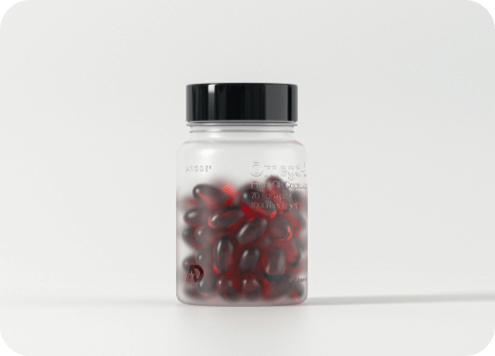Supplement labels play a vital role in providing consumers with essential information regarding the product, including its ingredients, recommended usage, and potential advantages. Crafting a clear, informative, and visually appealing supplement label is crucial for attracting customers and ensuring adherence to regulatory standards in the European market. Therefore, we will lead you through the process of developing an outstanding supplement label that caters to both your customers’ needs and regulatory requirements.
Explore Regulatory Requirements
Before delving into the creation of your supplement label, it is imperative to conduct thorough research and gain a comprehensive understanding of the regulatory prerequisites set forth by relevant authorities and governing bodies in your region. Familiarize yourself with guidelines related to font size, content placement, mandatory warnings, and other essential criteria.
Define Label Elements
Identify the key components that your supplement label must incorporate. These typically encompass:
1. Product Name: Select a concise and attention-grabbing name that clearly represents your supplement.
2. Branding: Integrate your company’s logo and branding elements to foster brand recognition.
3. Supplement Facts: Present a precise and accurate depiction of the supplement’s ingredients, recommended serving size, and nutritional details.
4. Directions for Use: Articulate dosage instructions, including the recommended frequency and timing.
5. Warnings and Disclaimers: Include any necessary cautions, such as allergen information, potential side effects, or specific groups for whom the supplement may not be suitable.
6. Storage Instructions: Specify the suitable storage conditions required to preserve the product’s quality.
7. Contact Information: Provide your company’s contact details for customer inquiries or concerns.
Select Fonts and Typography
Opt for legible and easily readable fonts for your label. Utilize a combination of font styles and sizes to differentiate various sections while maintaining a cohesive overall look. Ensure that the chosen fonts comply with regulatory guidelines, and guarantee that the text remains clear, even at smaller font sizes.
Establish a Hierarchy of Information
Arrange the information on your supplement label according to its importance and ease of readability. Crucial details such as the product name and Supplement Facts should be prominently featured and easily discernible, while less critical information can be placed in smaller font sizes or secondary sections.
Design and Layout
Craft an appealing label that captures attention, considering the following suggestions:
1. Color Scheme: Choose colors that align with your brand identity and convey trust and credibility. Ensure that the text remains distinctly visible against the background color.
2. Graphic Elements: Incorporate relevant graphics, symbols, or images that visually represent the supplement’s purpose or benefits. Avoid overloading the label with excessive visuals that might confuse or distract consumers.
3. Clear Hierarchy: Employ visual elements like font size, bold formatting, or spacing to establish a distinct visual hierarchy that facilitates easy information absorption.
4. White Space: Allow ample white space around text and images to prevent clutter and enhance readability.
Review and Proofread
Therefore, prior to finalizing your supplement label, meticulously review and proofread all content. Ensure the accuracy of all information, including ingredient names, dosage instructions, and contact details. Errors or inaccuracies could jeopardize the credibility of your product.
Compliance Check
Thoroughly assess your supplement label to ensure compliance with the regulatory requirements relevant to the European market. Confirm the inclusion of all mandatory elements, warnings, and disclaimers. Additionally, verify that font sizes and placement align with specified guidelines.
Conclusion
Designing an effective and compliant supplement label demands comprehensive research, meticulous attention to detail, and the application of creative design principles. By following this step-by-step guide, you can create a supplement label that not only captures the attention of potential customers, but also meets the European market’s regulatory standards.



